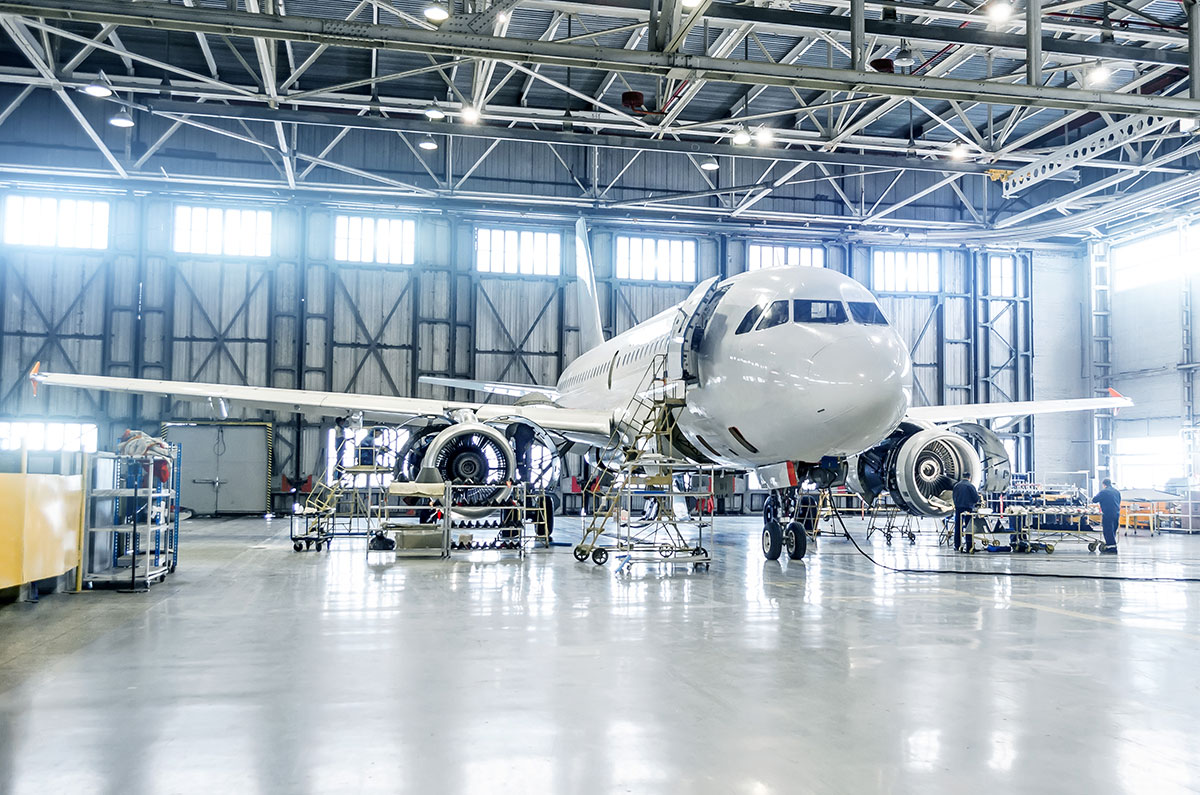Airlines
The Airline Industry produces multiple streams of waste. Waste may come from the planes themselves as they are serviced, repaired or retired. Other waste may originate from within the plane and include municipal solid waste, lavatory waste, and other hazardous/non-hazardous substances.

Many commercial and non-commercial planes that are retired have not reached the end of their useful life. Often, planes are worth more in their component parts than they are as a complete machine; as a result, planes may be dismantled, with the owners selling the parts that are still useful and recycling or otherwise disposing of those that are not.
While planes are made of hundreds of thousands of parts, some are large enough that they require special transportation en route to their recycling or disposal locations. Flatbed trucks are commonly used in transporting airplane components.
In addition to the waste created via aircraft servicing and breakdown (eg paint, primer, jet fuels, greases, etc), the airline industry produces significant waste onboard the craft. Electronic waste in the form of lithium batteries, in-flight headphones, and other small electronic devices must be disposed of. Other airline waste, such as that created by passengers on the flight, can be transported and placed into landfills or recycled.
Waste of any sort must be properly handled to ensure the health of those in close proximity and that of the environment. The airline industry has unique regulations with which it must comply regarding the particular waste it generates and the health of all the workers it employs.
Clean Management Environmental Group, Inc. offers safety training programs that are regulation compliant. We can also clean and dispose of any hazardous or nonhazardous waste generated by your business in the airline industry. Contact Clean Management for more information and to learn how we can assist you.
